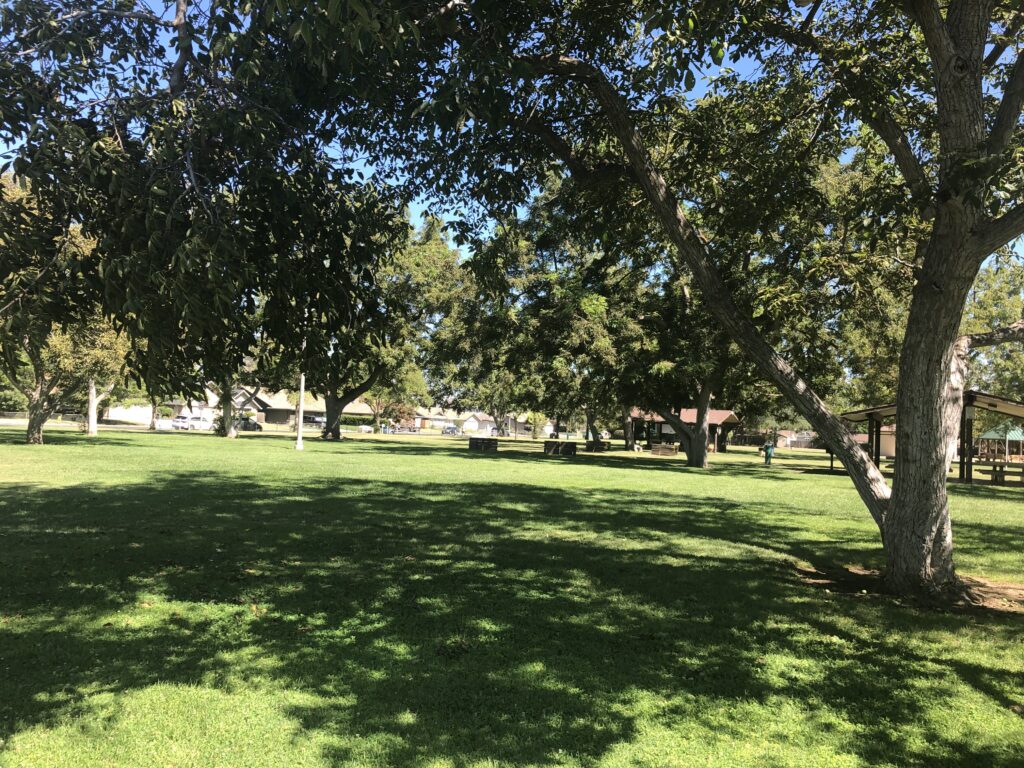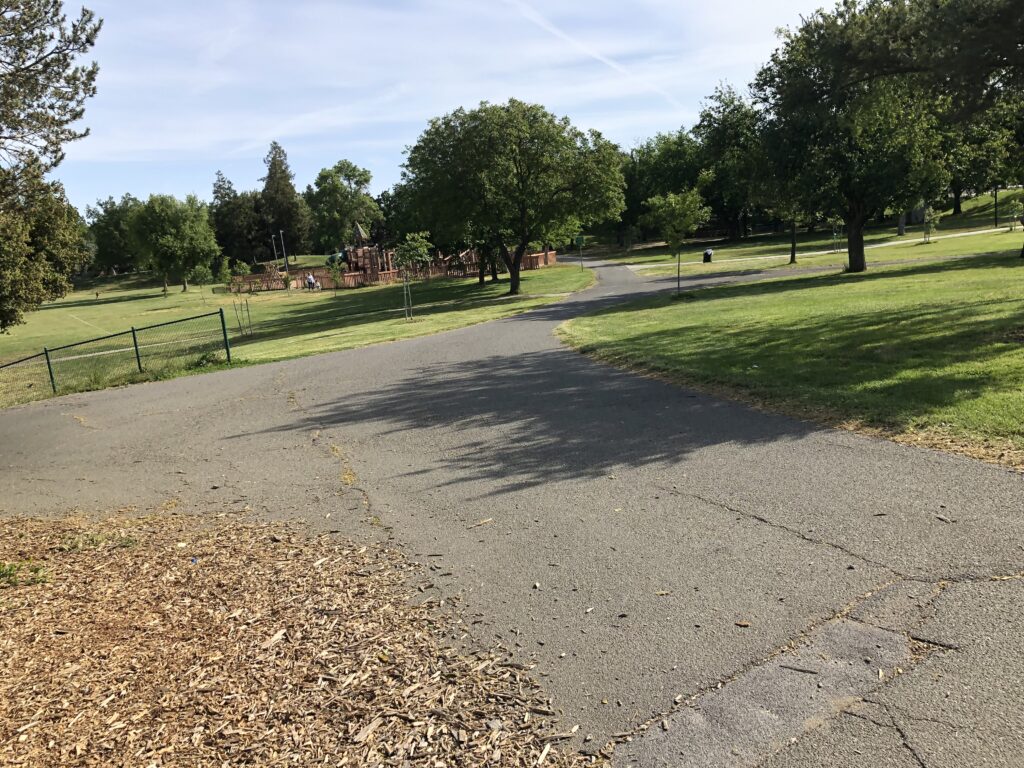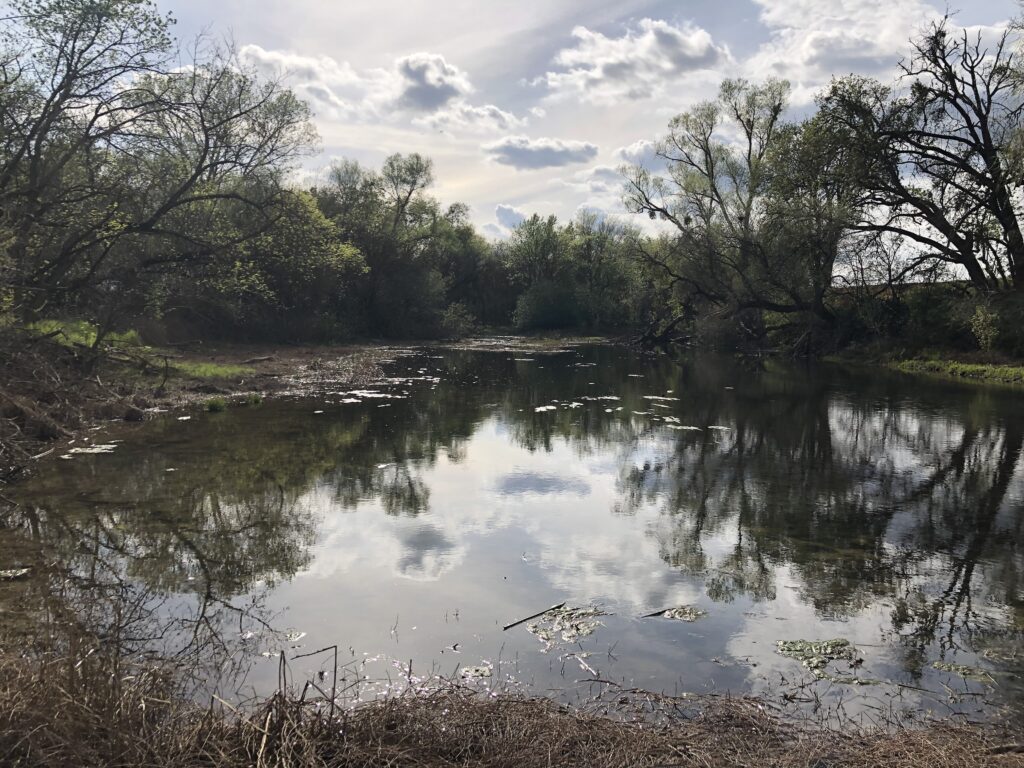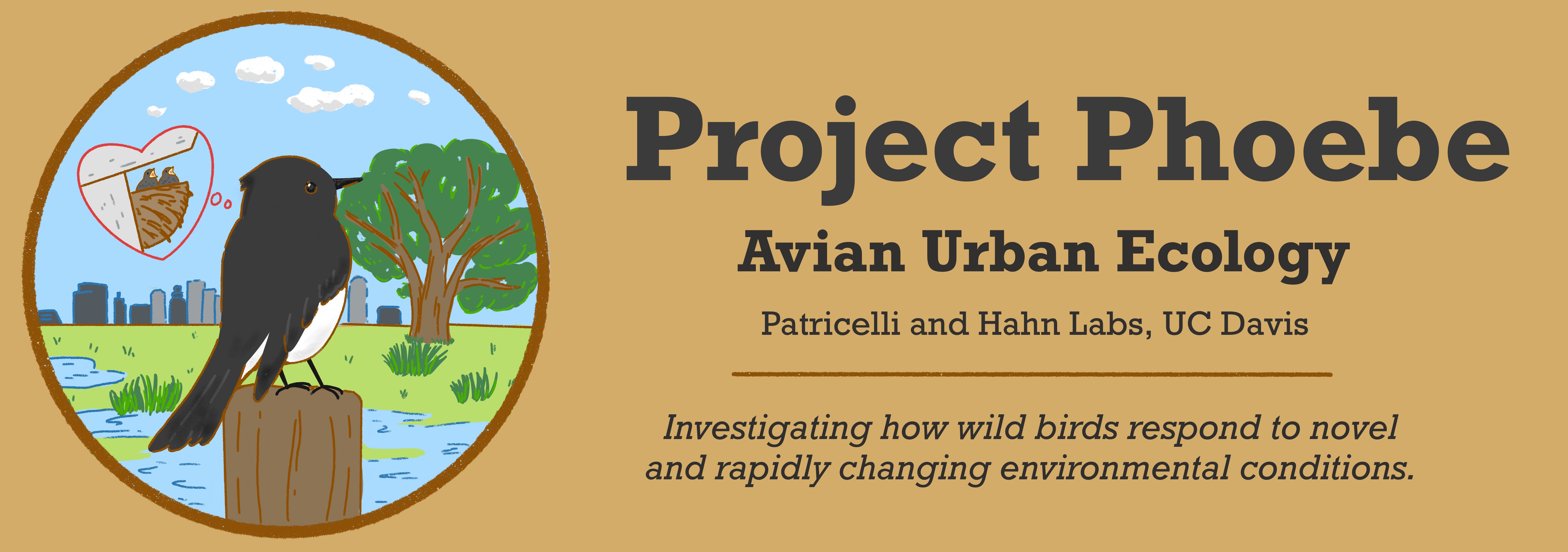Where We Work
We work at a variety of urban parks and nature reserves. Please read on to learn more about some of the places where we work!
Cities
You may find us monitoring nests at parks in Davis, Sacramento, West Sacramento, and Woodland. Each city has a unique layout and history, so working in several cities gives us greater insight into how urban conditions affect Black Phoebes and other birds.
We also study Phoebes at Sacramento Regional Parks, including Dry Creek and American River Parkways. These large green spaces within the urban matrix, in combination with our other study sites at smaller urban parks and natural areas, will help us understand how different levels of urbanization affect Phoebes.
Historically, Black Phoebes built their nests on sheltered banks and rock faces, but this adaptable little bird has adjusted well to nesting on human-made structures, including buildings and bridges. Keep an eye out for their mud cup nests under building eaves!





Natural Areas
To understand how Phoebes respond to urbanization, we compare city-living birds to birds living in nature preserves and rural areas. You may see us monitoring nests in riparian habitats at Putah Creek Riparian Reserve, South Fork Preserve, Cache Creek Preserve, and Yolo Bypass Wildlife Area. We expect Phoebes at these sites to nest on human structures and sheltered banks.




